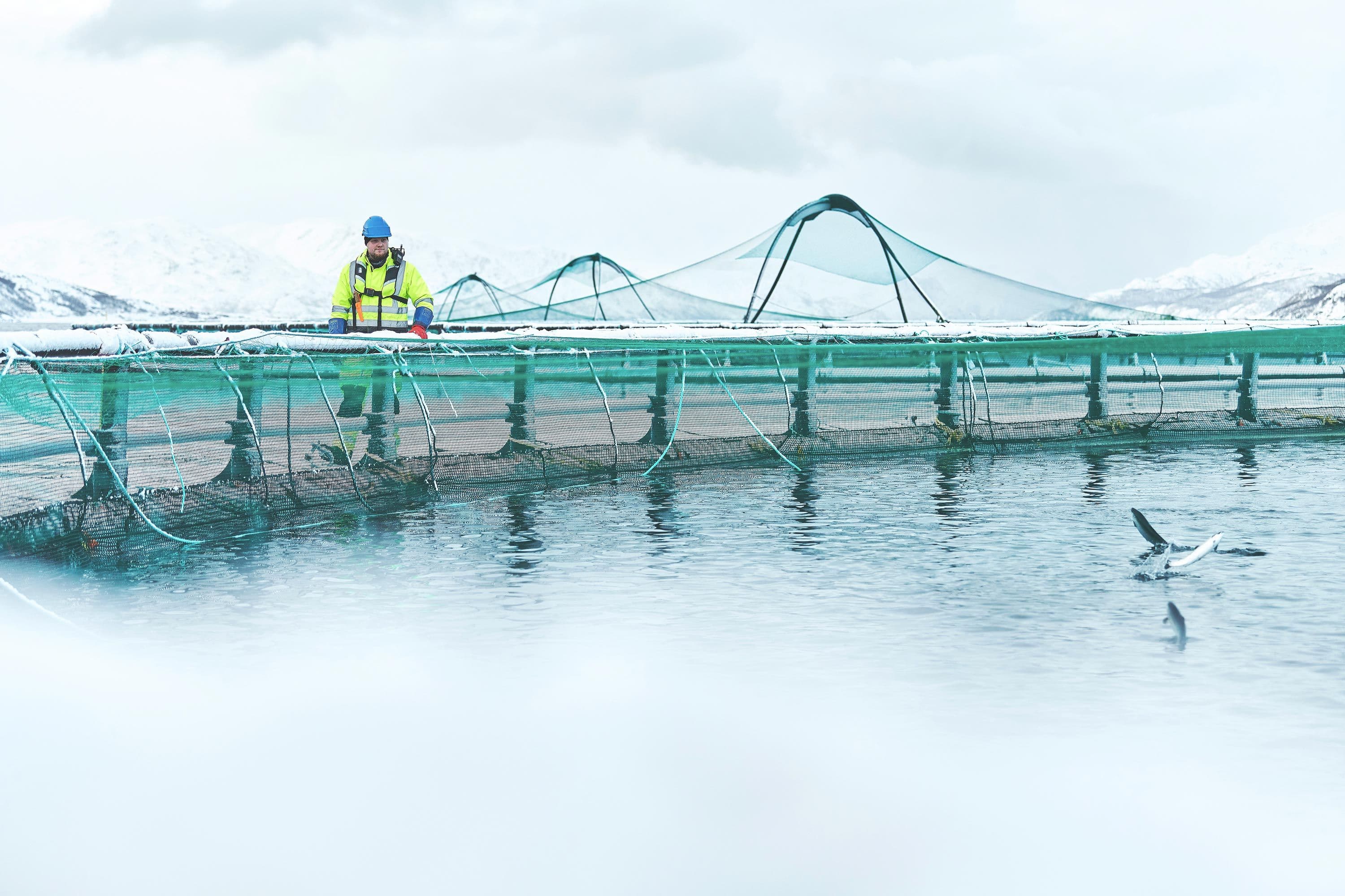
Our business strategy comprises three key strategic objectives for the continued growth and business development. Increasingly sustainable farming practices is the very foundation of all areas of the strategy.
Production growth
We aim for an annual harvest of 120 000- 135 000 tonnes. Growth will mainly be driven by improved utilization of current operations, in addition to establishing Newfoundland as our new farming region.
We will focus on post-smolt investments, target new licenses and seize opportunities within new technology. In some regions, there is also potential for continued improvement of site utilization. We participate in new growth initiatives, M&As, joint ventures, and greenfield projects, and seek cooperation with farmers in existing areas.
Our post-smolt program will allow us to better utilize our seawater licenses by moving more growth to land. In Rogaland, we have promising results with post-smolt, reducing the time in sea from the previous norm of 18 months to less than 12 months. With our post-smolt program, we expect to improve fish health, welfare and survival rates, thereby securing harvest volumes.
Cost improvements
To be cost competitive in the regions where we farm, we continuously focus on operational performance. Biological control through preventative measures and fish health and welfare are essential in securing increased survival and reduce production costs. We will also drive performance improvements through continuous research and development, as well as through the utilization of new technologies.
While our post-smolt strategy increases investment expenditures, we expect it to reduce operational expenditures and reduce overall costs, due to reduction of mortality, disease outbreaks, sea lice treatments, and fish handling. Our farming experience and our data analyses indicate that reduced time in the sea will reduce risk of biological challenges such as sea lice, Pancreas Disease (PD), winter ulcers, and ISA (Infectious Salmon Anemia). We will also drive performance improvements through continuous research and development, as well as through the utilization of new technologies.
Value chain repositioning
We aim to increase the value of our products through a stronger presence in the market, based on partnerships, category development and brand cultivation. Repositioning Grieg Seafood from a salmon supplier to an innovative partner for selected customers is an important part of our value creation plan.